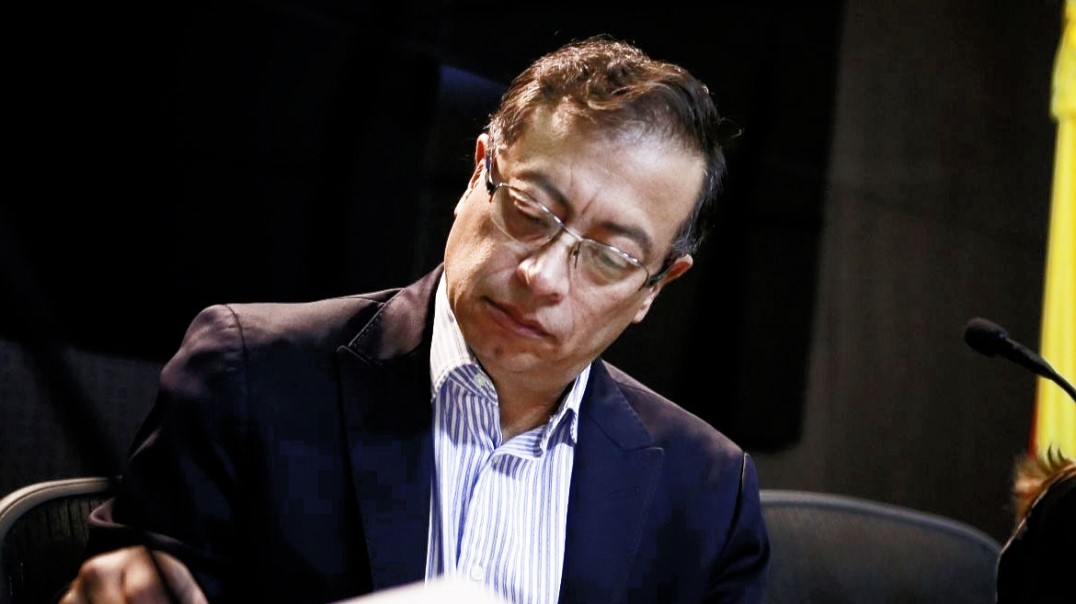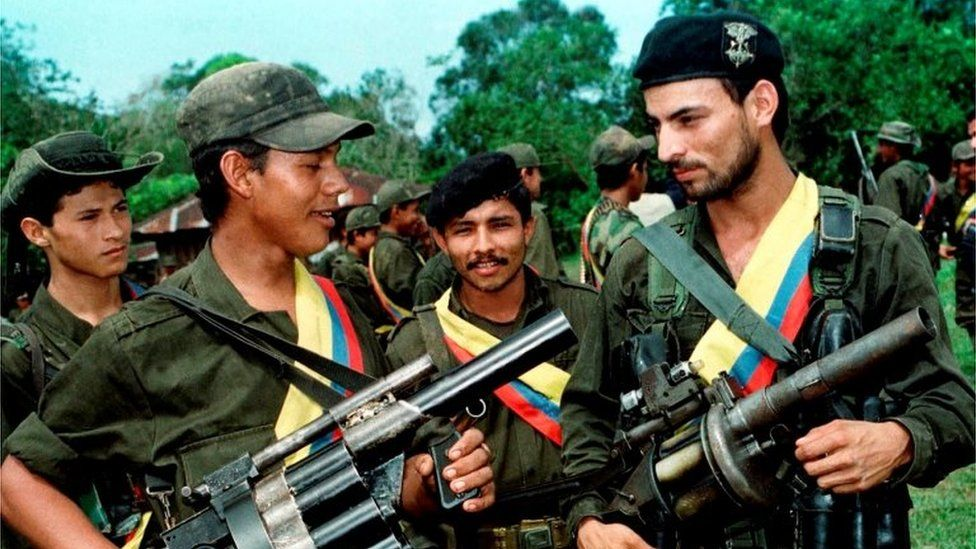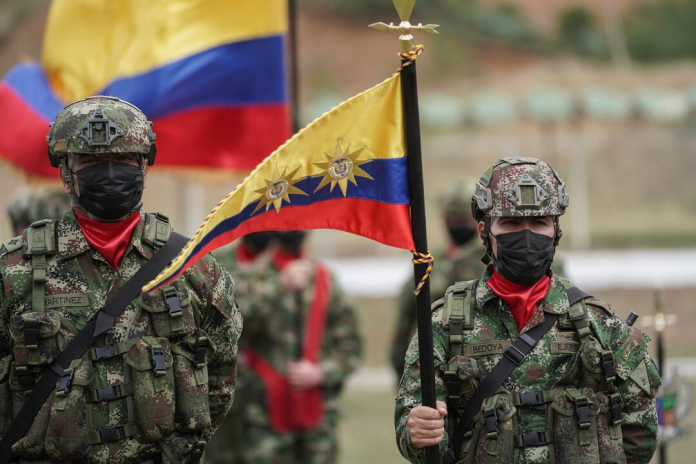A Rebirth:
The Colombian government announced they would resume military operations against the Estado Mayor Central faction of the Revolutionary Armed Forces of Colombia (FARC) following an attack on an indigenous community on Sunday.
Previously, the government and the FARC-EMC reached a peace agreement in October following years of negotiations with the dissident faction, which refused a 2016 peace deal under Juan Manuel Santos, which saw the bulk of the FARC disarm and disband, earning him a Nobel Peace Prize for his efforts.
The Colombian government would negotiate a ceasefire between themselves and the FARC in October, which would be resigned with further stipulations including those in place to protect those living in the rural areas of Colombia as well as indigenous communities who are most affected by operations undergone by the FARC due to their location far from the firm authority of Colombian authorities.

The attack that would break the ceasefire occurred on March 16th, when members of the FARC, under the command of Néstor Gregorio Vera, also known as Iván Mordisco, attacked the populace of the community while kidnapping a minor from a school. During the confrontation, two members of the community were injured and another was killed when members of the FARC began to fire “indiscriminately” into those attempting to assist the minor, telesur reports.
The community member killed was Carmelina Yule Pavi, who was a leader of the local community, participated in cultural preservation and the protection of women, and was the coordinator of the community’s Women’s Program.
The suspension of the ceasefire is a stark contrast to President Gustavo Petro’s policy of “total peace,” an effort to bring an end to the decades-long conflict that has taken the lives of an estimated 450,000 people by negotiating ceasefires with various armed groups operating in Colombia with the goal of eventual disarmament and disbandment with members reentering Colombian society much like previous groups such as the United Self-Defense Forces of Colombia (AUC) and members of the FARC who disarmed.
Analysis:
The rebirth of military operations against the FARC will most likely lead to a string of violence affecting those living in rural Colombia as government forces battle the narco-terrorist organization, which is heavily present in southern Colombia. While this new offensive may hamper efforts to peacefully bring an end to the FARC and the Colombian conflict, these revivals are not uncommon, as violations of the various ceasefires have occurred on both sides of the ongoing conflict.
This offensive may sway popular opinion in the favor of President Petro as protests against the President’s “total peace” plan alongside several other reforms for Colombia erupted last week, with many decrying the government’s inaction against groups like the FARC, who they claim to have continued targeting civilians despite the ceasefire.
This also follows another offensive targeting both the FARC and another armed group, the National Liberation Army of Colombia (ELN), with authorities being authorized to pursue those with previously frozen warrants due to the ceasefire for allegedly killing “former FARC members, human rights defenders, and social leaders.”
FARC-EMC:
The FARC, otherwise known as the Revolutionary Armed Forces of Colombia, were originally leftist guerillas dedicated to bringing class revolution to Colombia during a period in the nation’s history known as “La Violencia,” otherwise known as the Violence. This period followed the assassination of the Liberal Party’s leader and presidential frontrunner, Jorge Eliécer Gaitán, in 1948, an assassination that would throw Colombia into chaos.
After his death, leftists in Bogota began what is known as the Bogotazo, a massive riot that quickly expanded across Colombia, leading to La Violencia. A number of right-wing paramilitary organizations and leftist guerilla groups would be formed during this period of Colombian history.

One of the most well-known was the Revolutionary Armed Forces of Colombia, or FARC. The group would find its formation after a failed attack in 1964 by the Colombian military on what was known as a self-defense community, one of a number of communist-held areas in rural Colombia. Despite the communists only having 48 active fighters opposed to the 16,000 Colombian soldiers, the group would survive the attack and escape to the nearby mountains where the FARC would be formed.
Since then, the FARC has operated as rebels, launching guerilla attacks on military convoys and strategic targets. Despite originally being made up of only 48 fighters, the group’s ranks would swell to the hundreds in later years. For much of its early history, the FARC would be limited to small-scale guerrilla encounters with government forces, but after what has been coined the “Coca Boom,” a period in which the production of cocaine skyrocketed, the group found itself with more funds to allocate to their operations.
The FARC would expand their operations into urban Colombia following the Seventh Guerilla Conference in 1982, largely due to their increase in funds. The group would also begin to send promising troops to the USSR and Communist Vietnam for advanced training.
The FARC would eventually agree to a momentous ceasefire with the government in 2016, which would see the bulk of the FARC disarmed and disbanded. Despite the ceasefire, however, a number of members of the FARC continued their operations against the government and the people of Colombia. This group would be known as the Estado Mayor Central, or EMC for short.


